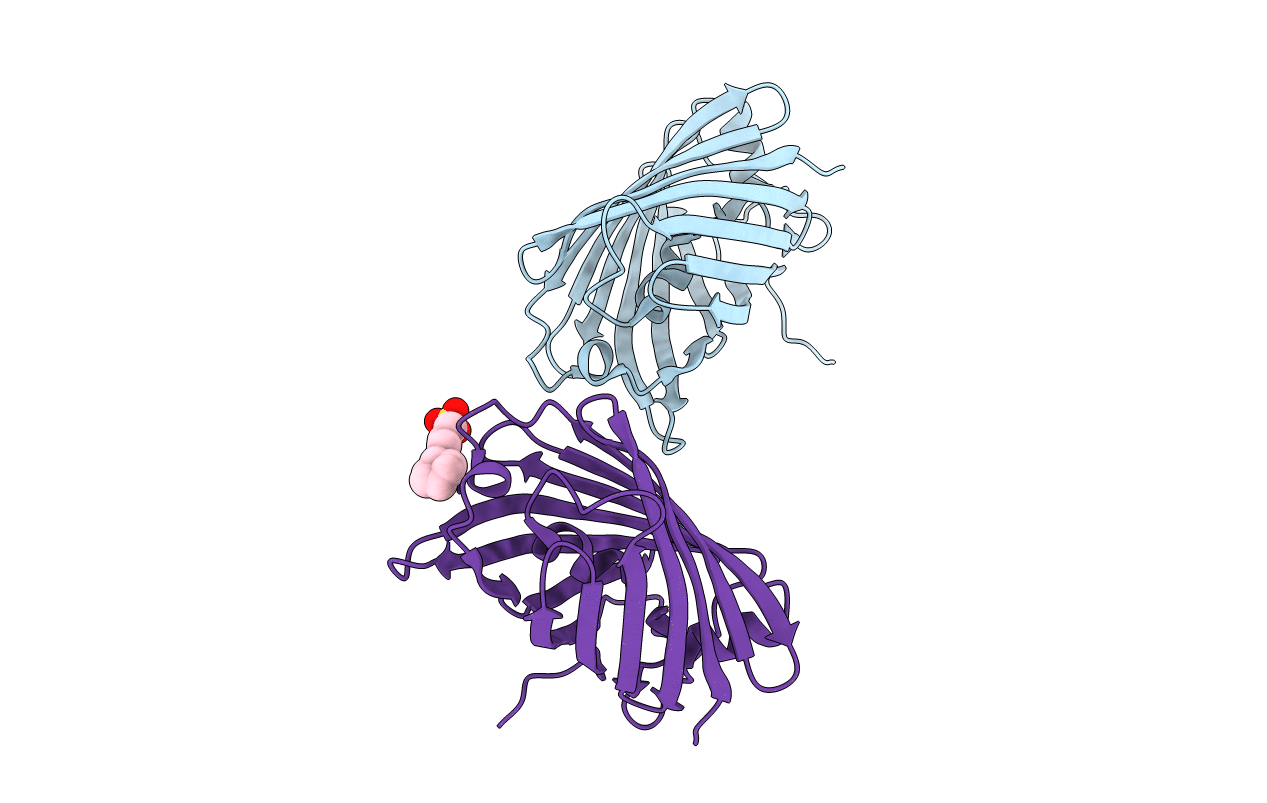
Deposition Date
2006-01-23
Release Date
2007-01-23
Last Version Date
2024-11-13
Entry Detail
PDB ID:
2DD7
Keywords:
Title:
A GFP-like protein from marine copepod, Chiridius poppei
Biological Source:
Source Organism:
Chiridius poppei (Taxon ID: 286301)
Host Organism:
Method Details:
Experimental Method:
Resolution:
1.90 Å
R-Value Free:
0.23
R-Value Work:
0.20
Space Group:
C 2 2 21


